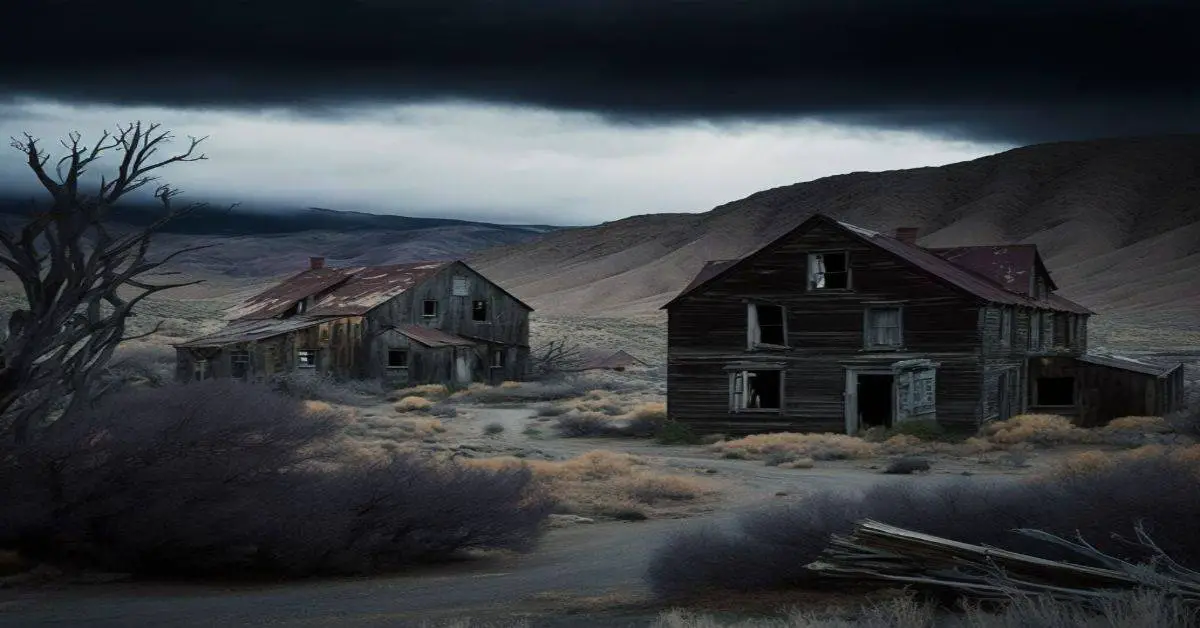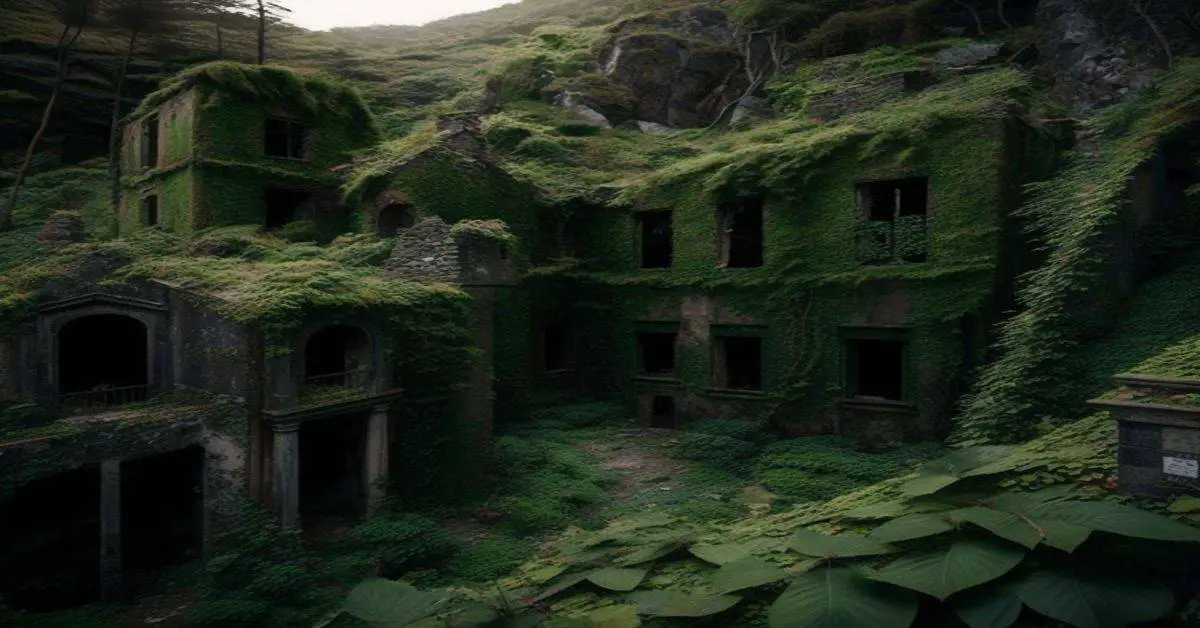Nevada is known for its glitz and glamour, with cities like Las Vegas and Reno attracting millions of tourists yearly. However, hidden amidst the dazzling lights and high-rise buildings of the state, lies a ghost town that is frozen in time – Genoa.
Once a thriving trading post, Genoa now stands as a haunting reminder of a bygone era, with its streets and buildings preserved as a testament to its rich history. Despite its deserted appearance, Genoa is a treasure trove for history buffs and curious travelers, offering a glimpse into the past through its well-preserved artifacts and architecture.
From its establishment in the 19th century to its decline in the 20th century, Genoa has witnessed a tumultuous journey that has shaped its character and identity. With its picturesque location in the Sierra Nevada and proximity to Lake Tahoe, Genoa offers a unique blend of natural beauty and historic significance that is bound to captivate any visitor.
Join us to discover the hidden gem of Nevada – Genoa’s ghost town.
Key Takeaways
- Genoa, Nevada was once a thriving trading post and played a key role in the development of silver mining in the region.
- The town has a rich cultural heritage, with preserved buildings and historical sites that offer insight into the lives of pioneers.
- Visitors can enjoy various outdoor activities in Genoa, including hiking, fishing, skiing, boating, swimming, and fishing.
- Genoa’s focus on restoration and cultural significance makes it a fascinating destination for those interested in the history of the American West.
Location and Climate
Genoa, Nevada, known for its ghost town and proximity to Lake Tahoe, is situated in the western part of the United States. The town has a mild winter and warm summer climate, which makes it an ideal destination for outdoor activities throughout the year.
Genoa’s geographical features are characterized by the Sierra Nevada Mountains, a barrier for travelers between Placerville and Leeteville. Visitors can enjoy a variety of outdoor activities in the surrounding area, including hiking, fishing, and skiing, among others.
The town’s proximity to Lake Tahoe makes it an ideal destination for water-related activities. Lake Tahoe is one of the largest freshwater lakes in North America and is known for its clear blue waters. Visitors can enjoy boating, swimming, and fishing, among other activities.
In addition, Genoa’s history and preserved buildings provide a glimpse into the town’s past, making it an interesting destination for history buffs and those interested in the Old West.
History and Establishment
The establishment of a trading post along the Humboldt River played a crucial role in the development of the settlement that would eventually become known as Genoa.
In 1849, Brigham Young’s party established the Mormon Station in the area, which served as a resting place for travelers passing through the Sierra barrier between Placerville and Leeteville/Ragtown.
The station was used as a trading post, providing supplies and provisions for travelers along the route.
The Mormon Station’s significance in the area’s history is evident in its establishment, as it was one of the first permanent settlements in the region and played a crucial role in facilitating trade and communication.
The town’s name, Genoa, was given by an Italian settler who was reminded of his hometown in Italy by the area’s rolling hills and scenic beauty.
The influence of Italian settlers can still be seen in the town’s architecture and cultural heritage.
Additionally, Genoa was a key location in the development of silver mining in the region, leading to a significant boom in the town’s economy during the late 1800s.
Despite its decline in the 20th century, Genoa remains an important historical site, preserving the town’s original structures and providing visitors with a glimpse into Nevada’s past.
Attractions and Preservation
One can explore the remnants of early Nevada architecture and culture through a visit to the preserved buildings of Genoa, a historical settlement in Nevada. Despite being a ghost town today, the remains of a few buildings in Genoa have been restored to give visitors a glimpse into the town’s past.
The efforts to preserve the town’s cultural significance have made it a popular destination for tourists interested in the history of the American West. Visitors to Genoa can witness the restoration of significant buildings such as the Genoa Courthouse Museum and the Mormon Station State Historic Park.
The former served as the town’s courthouse during its heyday, while the latter was established by Brigham Young’s party in 1849 and was one of the first trading posts along the Humboldt River. The preservation of these buildings not only gives visitors a sense of the town’s former glory but also provides insight into the lives of the pioneers who lived there.
Overall, Genoa’s focus on remains restoration and cultural significance makes it a fascinating destination for those interested in the history of the American West.
Frequently Asked Questions
What caused the decline and eventual abandonment of Genoa as a town?
The decline of Genoa, Nevada as a town was caused by various reasons such as the establishment of nearby towns, lack of railroad access, and the decline in mining activities. This had a significant impact on local residents, forcing them to move to other towns for better opportunities.
Are there any notable events or stories associated with the history of Genoa?
Ghost town hauntings are rumored in Genoa, Nevada, at the old courthouse and jail. Famous residents include Snowshoe Thompson, a Norwegian-American who delivered mail on skis, and Lillian Virgin Finnegan, a pioneer woman who lived to be 100.
What kind of industries or businesses were prominent in Genoa during its heyday?
At its prime, Genoa had a diverse economy with thriving industries and businesses. Agriculture, mining, and trade were prominent, while saloons and hotels catered to travelers. However, with the decline of mining and transportation, the town’s prosperity waned.
Are there any notable landmarks or natural features in the surrounding area of Genoa?
The surrounding area of Genoa offers scenic views and outdoor activities, including nearby Lake Tahoe. Visitors can also enjoy local cuisine and wineries. Notable landmarks include remnants of historic buildings and the preserved original town.
Has there been any recent efforts towards revitalizing or restoring parts of Genoa for tourism purposes?
Restoration efforts have been made to preserve and enhance the remaining buildings in Genoa, focusing on attracting tourists. The town’s historic charm and proximity to Lake Tahoe make it a popular destination for visitors.


